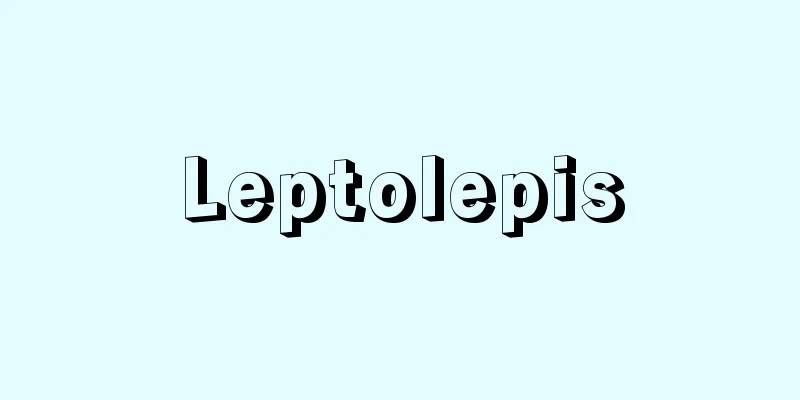Hamao Umezawa

|
Microbial chemist. A world-renowned figure in Japan in the research and development of antibiotics, including the discovery of kanamycin. Born in Obama, Fukui Prefecture, to his father Junichi, a hospital director, he graduated from the Faculty of Medicine at Tokyo Imperial University in 1937 (Showa 12). At the end of World War II, he joined the penicillin development research organization (later the Hekiso Committee) headed by Miki Yoshihide (1887-1970), the president of the Army Medical School, which was established in February 1944. In October of the same year, he became the first in Japan to successfully isolate penicillin together with his elder brother Sumio (1909-2000), an assistant professor at Fujiwara Institute of Technology (now the Faculty of Engineering, Keio University). Based on this experience, and with technical guidance from GHQ (Supreme Commander for the Allied Powers) after the war, he led Japan's antibiotic research from start to finish, raising it to a world-class level. He developed many antibiotics, including kanamycin, which was announced in 1957 (Showa 32), josamycin (1965), and kasugamycin (1964), which is effective against rice blast disease. He is also recognized for his achievements in pioneering the use of antibiotics as anticancer drugs, such as sarkomycin (1953) and bleomycin (1966). He was awarded the Asahi Culture Prize in 1959, the Japan Academy Prize in 1962, the French government's Hygiene and Health Culture Prize in the same year, the Order of Culture in the same year, the Fujiwara Prize in 1971, and the Ehrlich Prize of the former West Germany in 1980. In 1962, he founded the Institute of Microbial Chemistry with the patent royalties from kanamycin, and became its director. He was one of six children in a family of academics, with five of them holding doctorates. [Toshiro Umeda] [Reference item] | |Source: Shogakukan Encyclopedia Nipponica About Encyclopedia Nipponica Information | Legend |
|
微生物化学者。カナマイシンの発見をはじめとする抗生物質の研究、開発では日本を代表する世界的存在。福井県小浜市で、病院長の純一を父に生まれる。東京帝国大学医学部を1937年(昭和12)卒業。第二次世界大戦末期の1944年2月につくられた陸軍軍医学校長三木良英(みきよしひで)(1887―1970)の主宰するペニシリンの開発研究組織(後の碧素委員会(へきそいいんかい))に参加、同年10月藤原工業大学(現、慶応義塾大学工学部)助教授の長兄純夫(すみお)(1909―2000)とともに日本で初めてペニシリンの分離に成功した。この経験を基礎に、戦後のGHQ(連合国最高司令部)の技術指導もあり、日本の抗生物質研究を終始リードし、世界的水準にまで引き上げた。1957年(昭和32)に発表されたカナマイシンをはじめ、ジョサマイシン(1965)、イネのいもち病にきくカスガマイシン(1964)など多数の抗生物質を開発した。ザルコマイシン(1953)、ブレオマイシン(1966)など抗生物質を制癌剤(せいがんざい)として利用する方法を創始した功績も評価される。1959年度朝日文化賞、1962年日本学士院賞、同年フランス政府から衛生保健文化賞、同年文化勲章、1971年藤原賞、1980年旧西ドイツのエーリッヒ賞などを受賞。1962年カナマイシンの特許料で財団法人微生物化学研究所を設立、その所長となった。6人兄弟のうち5人が博士号をもつ学者一家である。 [梅田敏郎] [参照項目] | |出典 小学館 日本大百科全書(ニッポニカ)日本大百科全書(ニッポニカ)について 情報 | 凡例 |
Recommend
Opportunism
It is translated as opportunism. It refers to not ...
Education - Kyouke
〘Noun〙 (Also "kyoge". Meaning teaching, ...
blue-crowned hanging parrot
...10 species are found in southern India and Sri...
Guyana - Guyana (English spelling)
A country in northern South America. Its official...
manufacturing
...Industries also include businesses that use pr...
Couple of forces
When two forces of equal magnitude, parallel, and...
Boogie Woogie
〘Noun〙 (boogie-woogie) A variation of blues played...
Isseirin - Isseirin
...It is ideal for growing forests over many year...
Psittacula cyanocephala (English spelling)
…Parakeet [Takashi Saito]. . . *Some of the termi...
Gold mud - Kondei
〘Noun〙 ("Kon" is the Go-on pronunciation...
Marriage relationship - Engumikankei
…In other words, they are called relatives (in Ja...
Octogen - octogen
Common name for cyclo-1,3,5,7-tetramethylene-2,4,...
Onijaku - Onijaku
...It is widely distributed throughout Japan, Kor...
Onoe Taganojo - Onoe Taganojo
Kabuki actor. The three generations are the most f...
hunt-the-slipper
...The games of "hiding zori" and "...





![Atsumi [town] - Atsumi](/upload/images/67cad565cb5b8.webp)



